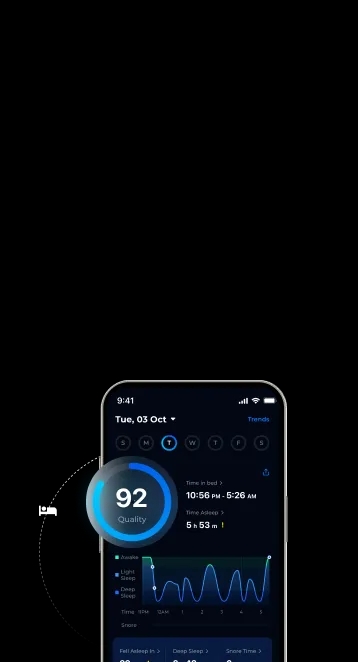


If you’ve been craving a good night’s rest but have sleep apnea, we hear you. This serious sleep disorder results in loud snoring, morning headaches, gasping for air while sleeping, and pauses in breathing, which can jolt you awake from the deep slumber you desperately need — and certain sleeping positions actually make it worse. Let’s look over the best sleep position for sleep apnea.
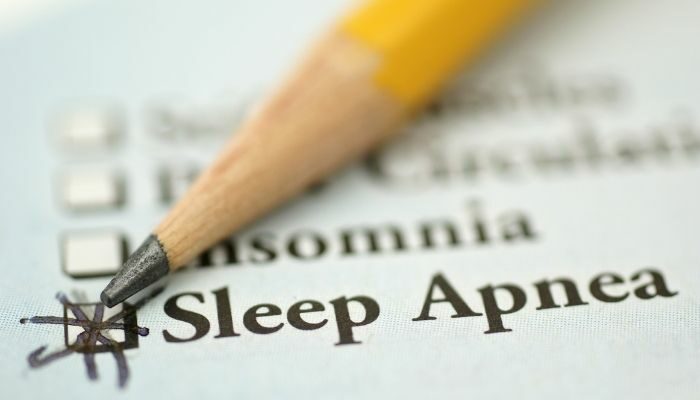
Whether you have several episodes in an hour, each as short as 10 seconds, or as many as 30 episodes, your sleeping position can help you minimize your sleep apnea episodes. This is because certain sleep positions can keep your airways open, allowing you to breathe easily.
So, having the proper sleep position for sleep apnea can protect you from choking or getting breathless while sleeping.
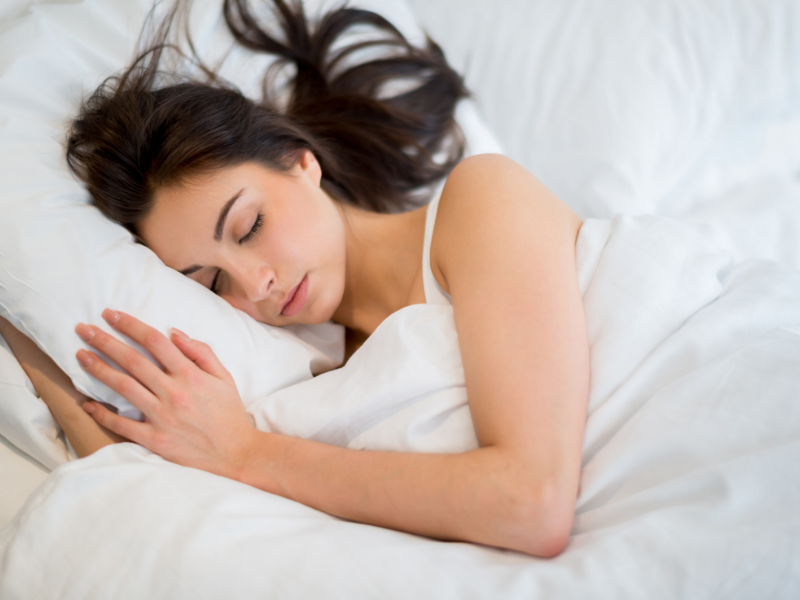
According to the Sleep Council, side-sleeping is the best sleep position if you have sleep apnea. But what makes this the winning sleep position for sleep apnea?
By sleeping on your side, you don’t restrict or block your air pathways, which allows you to breathe properly during sleep. You also reduce your risk of snoring and improve your brain health.
The best way to practice this position is to elongate and stretch out your body as much as possible. Also, place a soft or firm pillow (your choice) under your knees and use a firm mattress that relaxes your spine.
That’s not all, though.
You also need to decide between sleeping on the right or the left. If you sleep on the right, you might benefit from regulated blood flow and minimize snoring. But, sleeping on the left side has its benefits too. It helps control acid reflux, which, when high, can increase the intensity and frequency of your sleep apnea episodes.
This is the second-best sleep position for sleep apnea. But why is it so effective? When your tongue and soft tissues experience the pull of gravity, they straighten and elongate. As a result, the airway opens up with each gravity pull, reducing the likelihood of you snoring or choking.
The best way to practice this position is to keep your head down rather than on the side. Another tip is to use a soft pillow to resist developing shoulder aches.
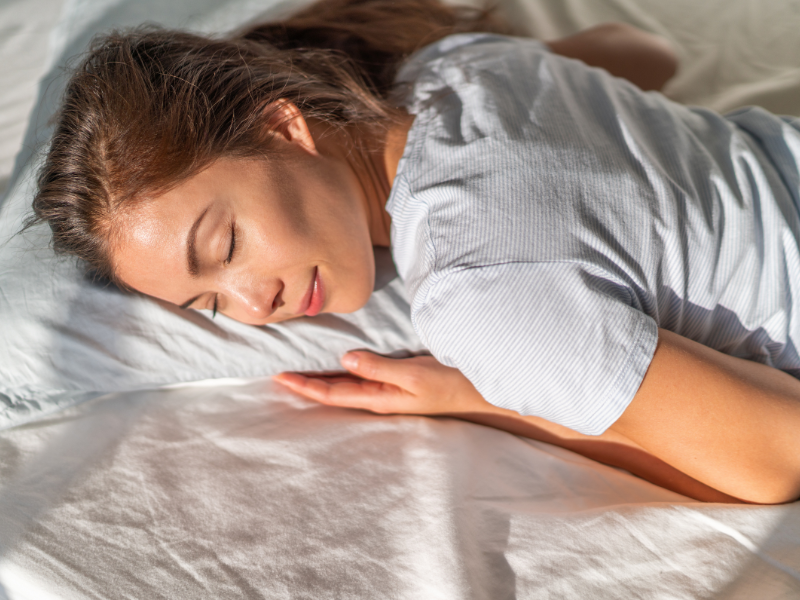
The sleep-on-your-back position is the worst sleep position for sleep apnea. That’s because you could easily block your airway if you sleep in this position. There’s a high chance of your tongue rolling backward and choking you or leaving you unable to breathe.
If that happens, your brain may suffer from a lack of oxygen, which can jolt you awake, interrupting your sleep and leaving you gasping for breath. Also, if you constantly sleep in this position, you may increase the severity of your sleep apnea episodes, leading to short- to long-term health complications.
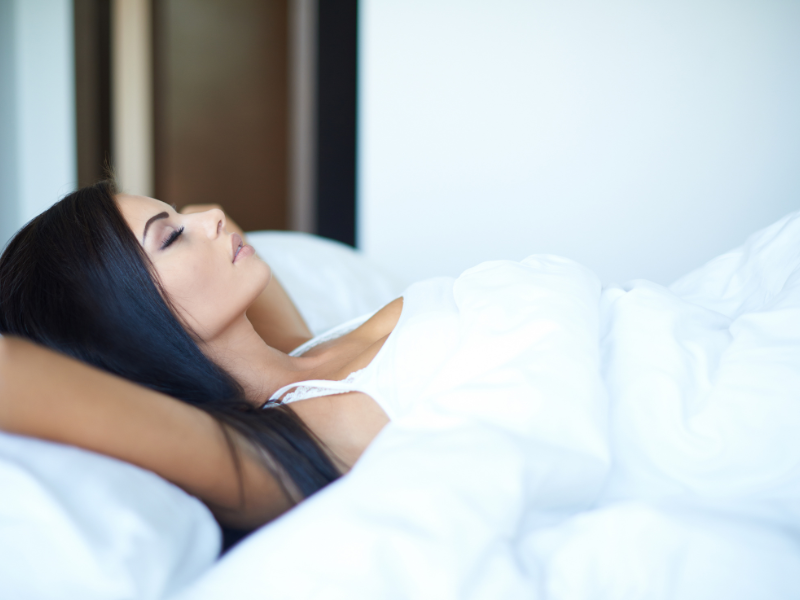
How can the position of your head help you resist sleep apnea episodes? Your head position can help you fight the effects of gravity. So, if you’re sleeping on your back, keeping your head to the left or the right will stop your tongue from rolling inward and blocking your throat.
We don’t suggest that you sleep on your back. However, if you do have to do it for some reason, shifting your head to either side (right or left) will help you as this position will keep the airways open and allow you to breathe easily.
Remember to resist keeping your face upward, as that could easily interrupt your breathing and lead to severe sleep apnea episodes.
Important side note: consider combining the above advice with CBD oil or ashwagandha to sleep even better.
All in all, out of all the sleeping positions, the greatest sleep position for sleep apnea is sleeping on the side. This could be your right or left, depending on what suits you best. The right side will help regulate your blood flow and reduce snoring. In contrast, the left will help you minimize acid reflux, which can also help you sleep easily.
However, if you aren’t partial to sleeping on your side, sleeping on your stomach can work quite well. Just remember to keep your down tilted down and use a soft pillow so you don’t wake up with shoulder knots in the morning.
Home - The Sleep Council. (2021, October 1). The Sleep Council. https://sleepcouncil.org.uk/
Marchi, N. A., Ramponi, C., Hirotsu, C., Haba-Rubio, J., Lutti, A., Preisig, M., Marques-Vidal, P., Vollenweider, P., Kherif, F., Heinzer, R., & Draganski, B. (2020). Mean Oxygen Saturation during Sleep Is Related to Specific Brain Atrophy Pattern. Annals of neurology, 87(6), 921–930. https://doi.org/10.1002/ana.25728